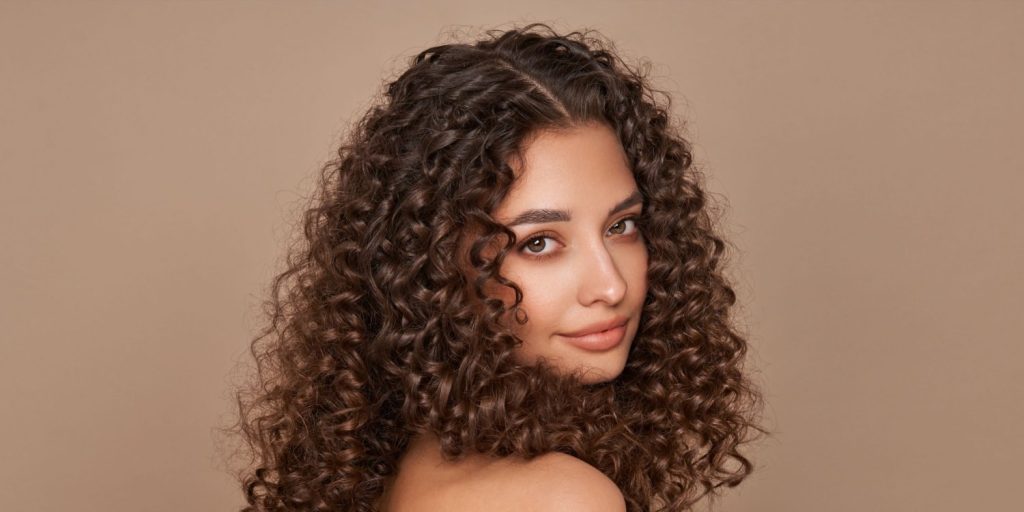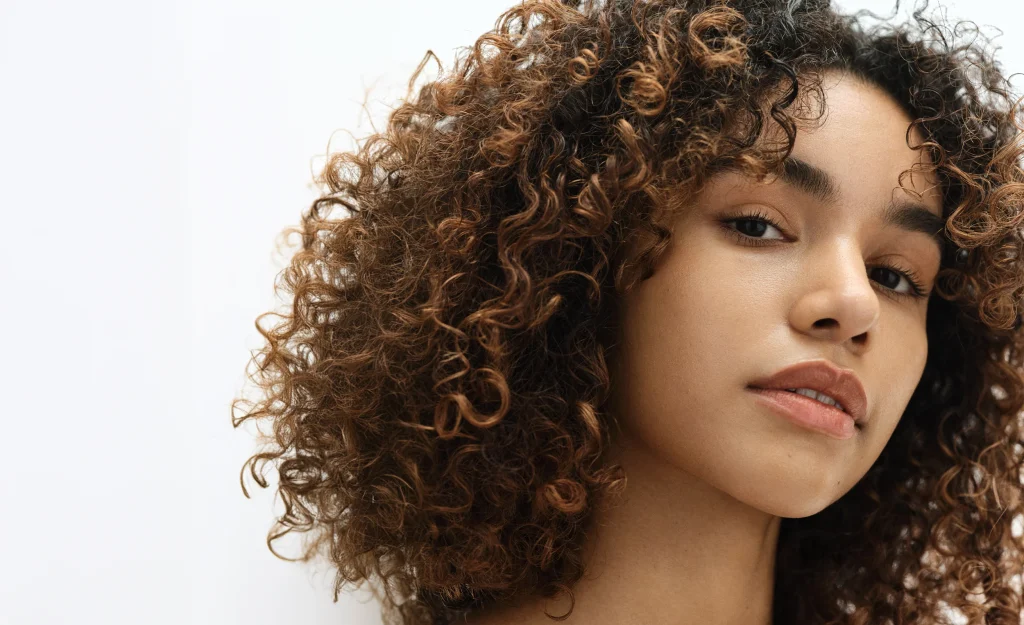
Curly hair is undeniably beautiful, full of personality and bounce. However, maintaining healthy curls can sometimes feel like a complex task, given their tendency to be dry, frizzy, and prone to breakage. The key to gorgeous, well-defined curls lies in understanding their unique structure and needs. With the right hair care routine and lifestyle habits, anyone can achieve and maintain healthy curls that look vibrant and feel soft.
1. Understand Your Curl Type

The first step in maintaining healthy curls is understanding your curl pattern. Curly hair can range from loose waves to tight coils, and each type requires different care techniques. For instance, wavy hair may need lighter hydration, while coily hair often requires more intensive moisture treatments. Identifying your curl type helps you choose the best products and styling methods to enhance your natural texture without causing damage.
2. Hydrate Regularly
Curly hair tends to be drier than straight hair because the natural oils from the scalp have a harder time traveling down the twists and turns of curls. Moisture is therefore essential for keeping curls healthy and bouncy. Use a hydrating shampoo and conditioner formulated specifically for curly hair. Avoid shampoos with harsh sulfates, as they strip hair of its natural oils. Deep conditioning treatments once a week can also replenish moisture, keeping curls soft and manageable.
3. Use the Right Products
Choosing the right products is crucial for curl health. Look for curl creams, leave-in conditioners, and gels that define curls without weighing them down. Ingredients like shea butter, coconut oil, and aloe vera provide hydration and reduce frizz. Avoid products with heavy silicones or alcohol, as these can dry out your curls and lead to breakage over time. Lightweight oils, such as argan or jojoba oil, can be applied to the ends to seal in moisture and add shine.
4. Detangle with Care

Curly hair is prone to tangling, so detangling must be done gently to prevent breakage. Always detangle hair when it is wet and coated with conditioner. Use a wide-tooth comb or your fingers to work through knots from the tips to the roots. Avoid brushing dry curls, as this can lead to frizz and disrupt the curl pattern. Regular, gentle detangling helps maintain healthy hair and makes styling easier.
5. Limit Heat Styling
Excessive heat styling is a major contributor to damaged curls. High temperatures can break down the hair’s protein structure, leading to dryness and frizz. If you must use heat tools, always apply a heat protectant beforehand. Whenever possible, embrace heat-free styling techniques like twist-outs, braid-outs, or air-drying to preserve your curl integrity. Over time, reducing heat exposure will lead to stronger, healthier curls.
6. Protect Your Hair While Sleeping
Nighttime hair care plays a significant role in maintaining healthy curls. Cotton pillowcases can create friction, causing frizz and breakage. Instead, opt for silk or satin pillowcases, which allow hair to glide smoothly while you sleep. Many people with curly hair also benefit from loosely tying their hair in a pineapple updo or wearing a satin bonnet to maintain curl definition overnight.
7. Trim Regularly
Regular trims are essential for healthy curls. Curly hair is more prone to split ends, which can travel up the hair shaft and cause further damage. Trimming every 8–12 weeks helps eliminate split ends, promote growth, and maintain curl shape. Even if you’re growing your hair out, regular trims ensure your curls remain bouncy and vibrant.
8. Pay Attention to Diet and Hydration

Healthy hair starts from within. A balanced diet rich in vitamins, minerals, and proteins supports hair growth and strength. Omega-3 fatty acids, found in fish and flaxseeds, and biotin, present in eggs and nuts, are particularly beneficial for curly hair. Drinking plenty of water also helps maintain hydration levels, keeping curls soft and shiny.
9. Avoid Over-Manipulation
While styling is important, over-manipulating curls can cause stress and breakage. Frequent brushing, combing, or changing hairstyles daily may damage the natural curl pattern. Embrace low-manipulation styles and give your hair time to rest, allowing curls to retain their natural shape and resilience.
Conclusion
Maintaining healthy curls is all about understanding their unique needs and treating them with care. From proper hydration and gentle detangling to minimizing heat and protecting hair at night, a consistent hair care routine can make a world of difference. With patience and the right practices, curly hair can be soft, shiny, and beautifully defined—proof that healthy curls are not just a dream but a reality anyone can achieve.
